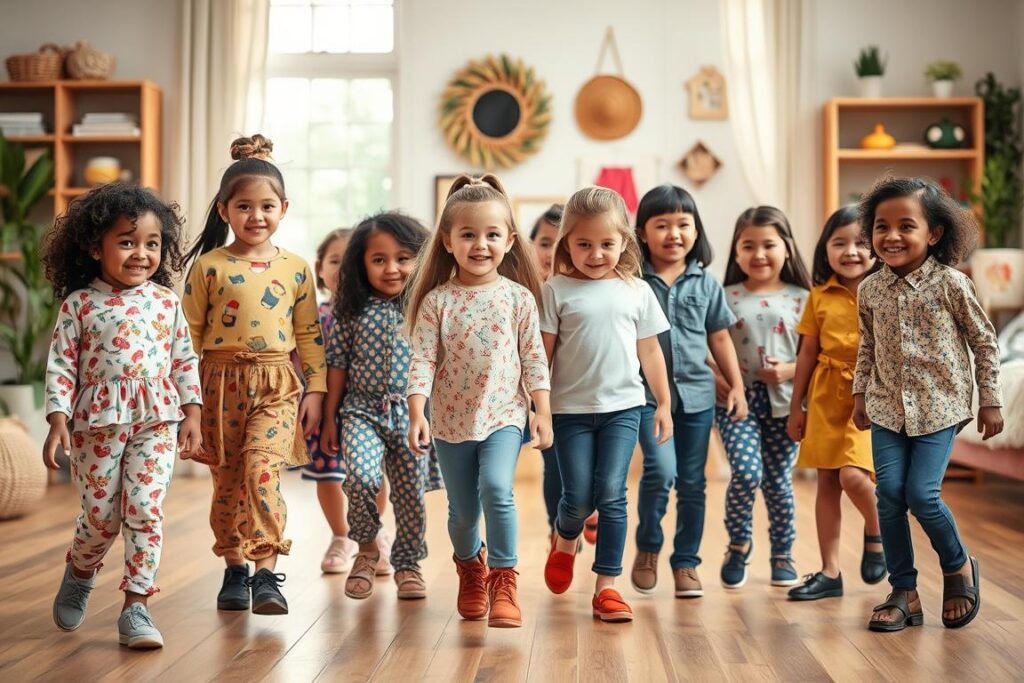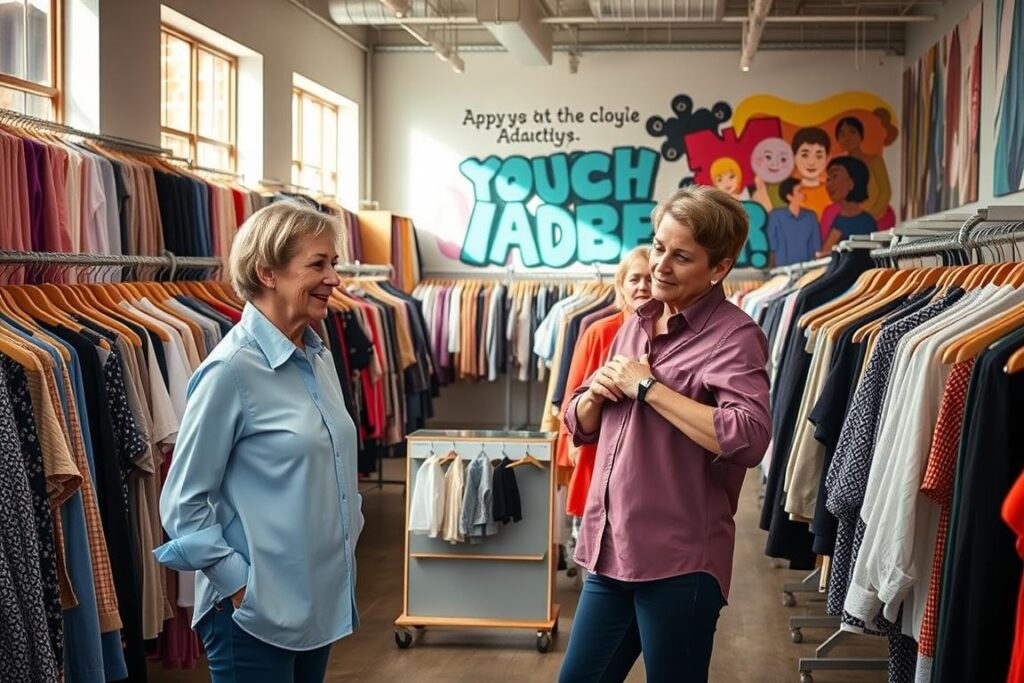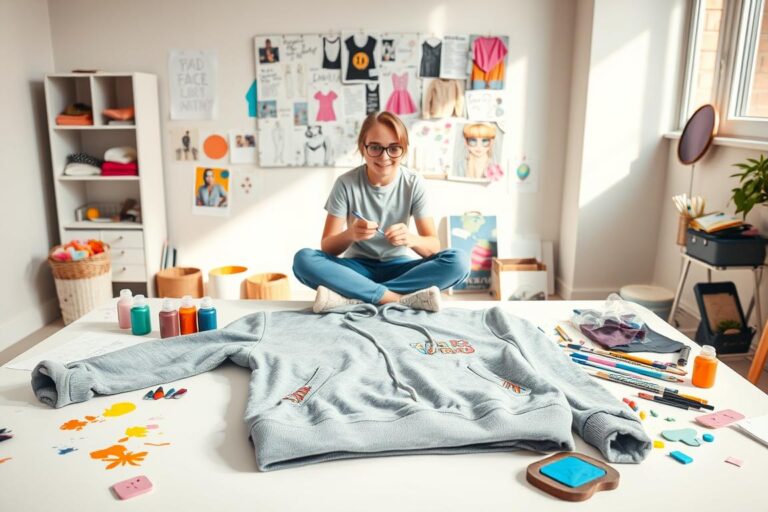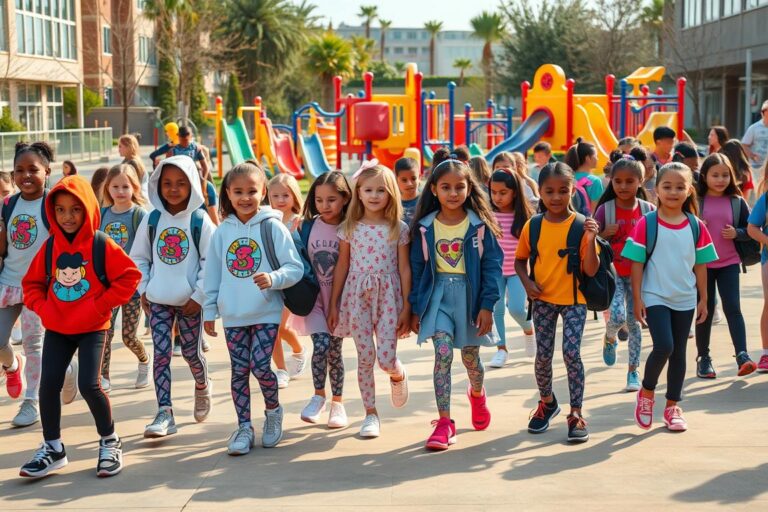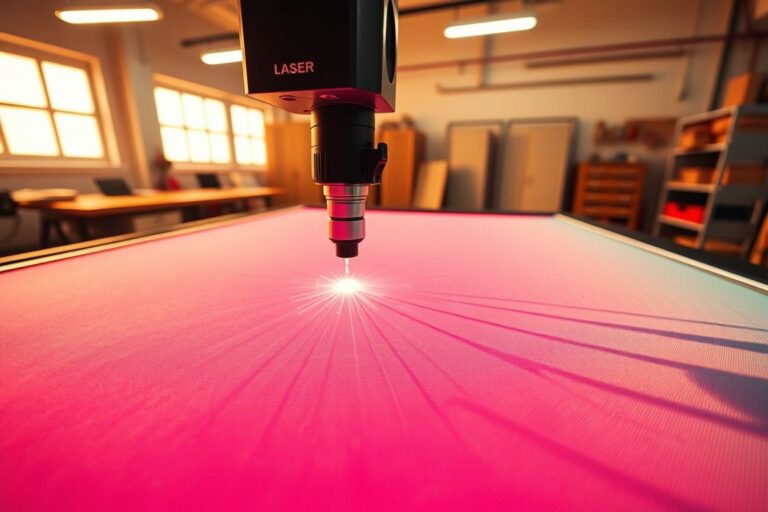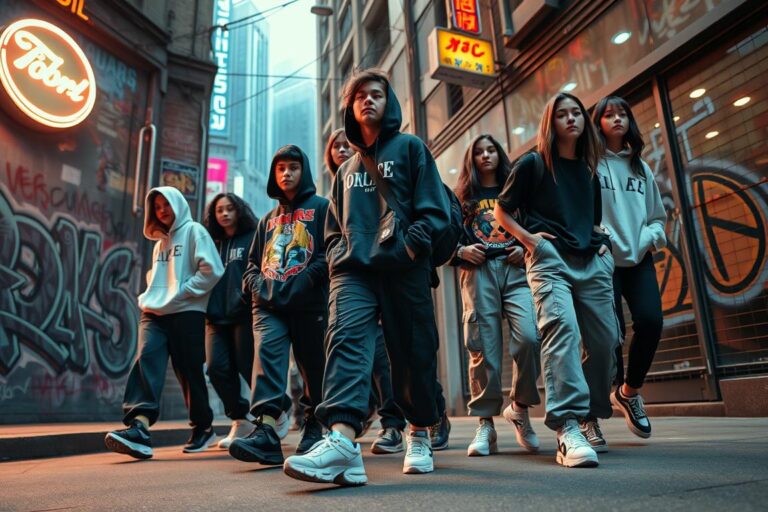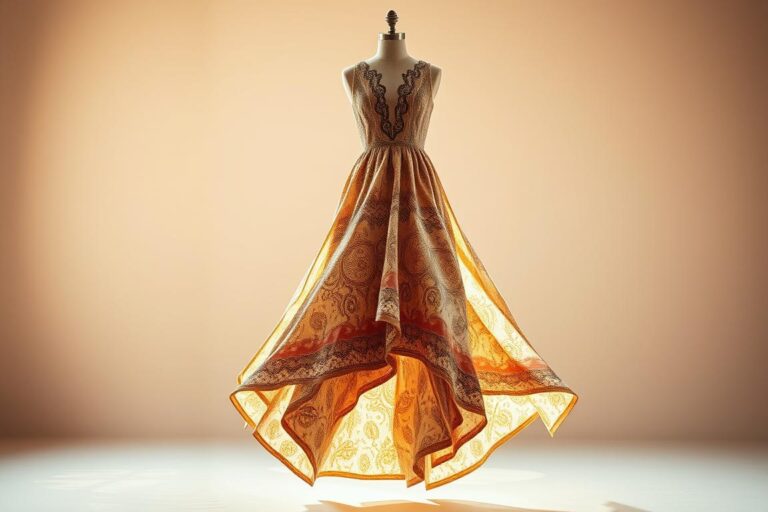Discover Adaptive Kids’ Wear: Inclusive Patterns for All Abilities
Have you ever wondered how clothing adaptive kids’ wear inclusive patterns can transform a daily routine into a moment of joy? For many families, dressing a child with unique needs can feel like a challenge. But what if there was a way to make it easier, more comfortable, and even stylish?
Enter the world of adaptive clothing. This innovative approach to fashion is designed to meet the needs of children with disabilities or sensory sensitivities. From magnetic closures to soft, tag-free fabrics, these garments prioritize both function and style.
Brands like Target’s Cat & Jack and Kohl’s are leading the way, offering clothes that blend practicality with modern designs. Whether it’s pants with side openings or shirts with easy-to-use snaps, these pieces empower children to dress themselves with confidence.
Join us as we explore how adaptive clothing is changing the game—one garment at a time. Let’s celebrate the creativity and care behind these designs, and discover how they’re making a difference in everyday life.
Overview of Adaptive Clothing for Children
Clothing that adapts to your child’s needs—sounds revolutionary, right? This is the essence of adaptive clothing, a game-changer in the world of fashion. Designed for children with disabilities or sensory sensitivities, these garments prioritize comfort, function, and style.
For many kids, traditional clothing can be a daily challenge. Buttons, zippers, and tags often cause discomfort or frustration. Adaptive clothing solves these issues with innovative features like magnetic closures, Velcro, and seamless fabrics. These designs make dressing and undressing easier, reducing stress for both children and parents.
One of the biggest benefits is the promotion of independence. With easy-to-use fasteners, children can dress themselves, boosting their confidence. Brands like Kozie Clothes and Target’s Cat & Jack are leading the way, offering stylish options that cater to unique needs.
From pants with side openings to shirts with snap closures, these garments are designed to accommodate mobility aids and sensory preferences. The result? A transformative impact on daily routines and emotional well-being. Adaptive clothing isn’t just about function—it’s about empowering kids to feel confident and comfortable in their own skin.
Adaptive Kids’ Wear: Inclusive Patterns for All Abilities
What if every piece of clothing could empower a child to feel confident and independent? This is the heart of adaptive fashion, where creativity meets functionality. Designers are crafting garments that not only look great but also address unique needs, making dressing a seamless experience.
One of the standout features is the use of inclusive patterns. These designs cater to a wide range of abilities, ensuring every child feels represented. For example, Target’s Cat & Jack line offers pants with side openings, making them perfect for kids who use braces or wheelchairs. These thoughtful details transform everyday challenges into moments of ease.
Balancing style and function is key. Brands like Kozie Clothes use soft, sensory-friendly fabrics paired with playful prints. This combination ensures that kids not only feel comfortable but also express their personalities. From magnetic closures to Velcro fasteners, every feature is designed to promote independence.
These innovations are more than just practical—they’re empowering. By addressing sensory sensitivities and mobility needs, adaptive clothing helps children build self-esteem. It’s a reminder that every design tweak, no matter how small, can make a big difference in a child’s life.
As the industry grows, so does the focus on inclusivity. From vibrant colors to adjustable fits, these garments are redefining what it means to dress with confidence. Let’s celebrate the creativity and care behind these designs—they’re changing lives, one outfit at a time.
Design Innovations and Unique Features
Small changes in design can make a big difference in daily life. Adaptive clothing is revolutionizing how we think about fashion, blending creativity with functionality. From magnetic fasteners to Velcro closures, these thoughtful tweaks solve everyday challenges with ease.
Take magnetic buttons, for example. They replace traditional buttons, making it easier for kids with limited dexterity to dress themselves. Velcro closures offer a quick and simple alternative to zippers, while adjustable openings accommodate medical devices like braces. These features aren’t just practical—they’re empowering.
Brands like Tommy Hilfiger and Target are leading the way. Their garments include side openings in pants for wheelchair users and sensory-friendly fabrics for kids with sensitivities. These designs prioritize comfort and independence, transforming dressing into a moment of confidence.
Every detail matters. Hidden snaps, elastic waistbands, and tagless labels are just a few examples of how design can address unique needs. These innovations aren’t just about solving problems—they’re about creating joy and self-expression. It’s a fusion of art and science that benefits everyone.
When fashion meets function, the results are extraordinary. Adaptive clothing proves that even the smallest changes can have a profound impact. Let’s celebrate the creativity behind these designs—they’re changing lives, one outfit at a time.
Functional Benefits and Empowering Independence
Functional clothing can transform routines into empowering experiences. For children with unique needs, adaptive clothing is more than just a trend—it’s a game-changer. These garments are designed to simplify daily tasks, making dressing faster and less stressful for both kids and caregivers.
One of the standout features is the use of sensory-friendly fabrics. Soft materials like cotton blends reduce discomfort, while tagless seams eliminate irritation. Velcro closures and magnetic buttons replace traditional zippers and buttons, making it easier for children to dress themselves. These small design tweaks can have a big impact on independence.
Families and occupational therapists often share stories of how these garments have transformed daily routines. For example, pants with side openings are perfect for kids who use braces or wheelchairs. Adjustable waistbands and hidden snaps ensure a comfortable fit, while also accommodating medical devices.
These innovations aren’t just about comfort—they’re about empowerment. When children can dress themselves with minimal help, it boosts their confidence and self-esteem. Caregivers also benefit, as dressing becomes a smoother, less stressful process.
From reducing sensory overload to promoting physical ease, adaptive clothing is redefining what it means to dress with confidence. Every detail, from the fabric to the closures, is thoughtfully designed to meet the unique needs of each child. It’s a reminder that even the smallest changes can make a world of difference.
Style, Comfort, and Inclusive Fashion Trends
Fashion is evolving to meet the needs of every child, blending style with practicality. Gone are the days when functionality meant sacrificing aesthetics. Today, adaptive clothing is redefining what it means to dress with confidence and flair.
One of the most exciting trends is the use of vibrant colors and unique prints. Brands like Tommy Hilfiger and Target are leading the charge, offering clothes that are as stylish as they are functional. Think bold patterns, modern silhouettes, and designs that celebrate individuality.
These garments aren’t just about looking good—they’re about feeling good too. Soft, sensory-friendly fabrics ensure maximum comfort, while features like magnetic closures and adjustable waistbands make dressing a breeze. It’s a perfect blend of style and practicality.
Parents and caregivers are also embracing these innovations. With options like pants with side openings and shirts with easy snaps, children can dress themselves with ease. This promotes independence and boosts self-esteem, making every day a little brighter.
As the fashion industry continues to embrace inclusivity, we’re seeing more collaborations and customizable options. These efforts ensure that every child, regardless of ability, can enjoy clothing that fits their unique needs and personality.
Let’s celebrate this shift towards a more inclusive future. With every vibrant print and thoughtful design, we’re creating a world where every child feels confident, comfortable, and truly themselves.
Smart Shopping Tips for Adaptive Clothing
Shopping for adaptive clothing doesn’t have to be overwhelming—let’s make it simple and fun! With the right guidance, you can find garments that meet your child’s unique needs while keeping them stylish and comfortable.
Start by evaluating closure types. Magnetic snaps, Velcro, and zippers are popular options that make dressing easier for kids with limited dexterity. Magnetic closures, for example, are a great alternative to traditional buttons, offering both convenience and independence.
Next, focus on fabric quality. Look for soft, breathable materials like cotton or bamboo blends. These fabrics are gentle on sensitive skin and reduce irritation. Tagless labels and seamless designs are also key features to consider for sensory-friendly clothing.
Balancing functionality with style is essential. Brands like Tommy Hilfiger and Target’s Cat & Jack offer trendy designs with adaptive features. From vibrant prints to modern silhouettes, these options ensure your child feels confident and fashionable.
Here’s a quick checklist to keep in mind when shopping:
- Adjustable waistbands for a comfortable fit.
- Easy-access openings for medical devices or mobility aids.
- Sensory-friendly fabrics that minimize discomfort.
- Durable closures like Velcro or magnetic snaps.
Don’t forget to compare prices and read reviews. Many brands now offer affordable options without compromising on quality. By taking these steps, you can transform shopping into an exciting, inclusive experience for your family.
With these tips, you’re ready to find the perfect adaptive clothing for your child. Let’s celebrate the joy of dressing with confidence and ease!
Conclusion
Every child deserves to feel confident and comfortable in their clothing inclusive patterns. Adaptive designs are transforming the way we think about fashion, blending style with practicality to meet unique needs. From magnetic closures to sensory-friendly fabrics, these innovations make dressing easier and more enjoyable.
Today, adaptive clothing is more accessible than ever. Mainstream brands are embracing inclusive designs, offering options that celebrate individuality. Whether it’s pants with side openings or shirts with easy snaps, these garments empower children to dress with confidence.
Let’s continue to champion a world where every child can shine. By exploring these options, we’re not just solving everyday challenges—we’re celebrating diversity and fostering independence. Together, we can create a brighter, more inclusive future, one outfit at a time.

